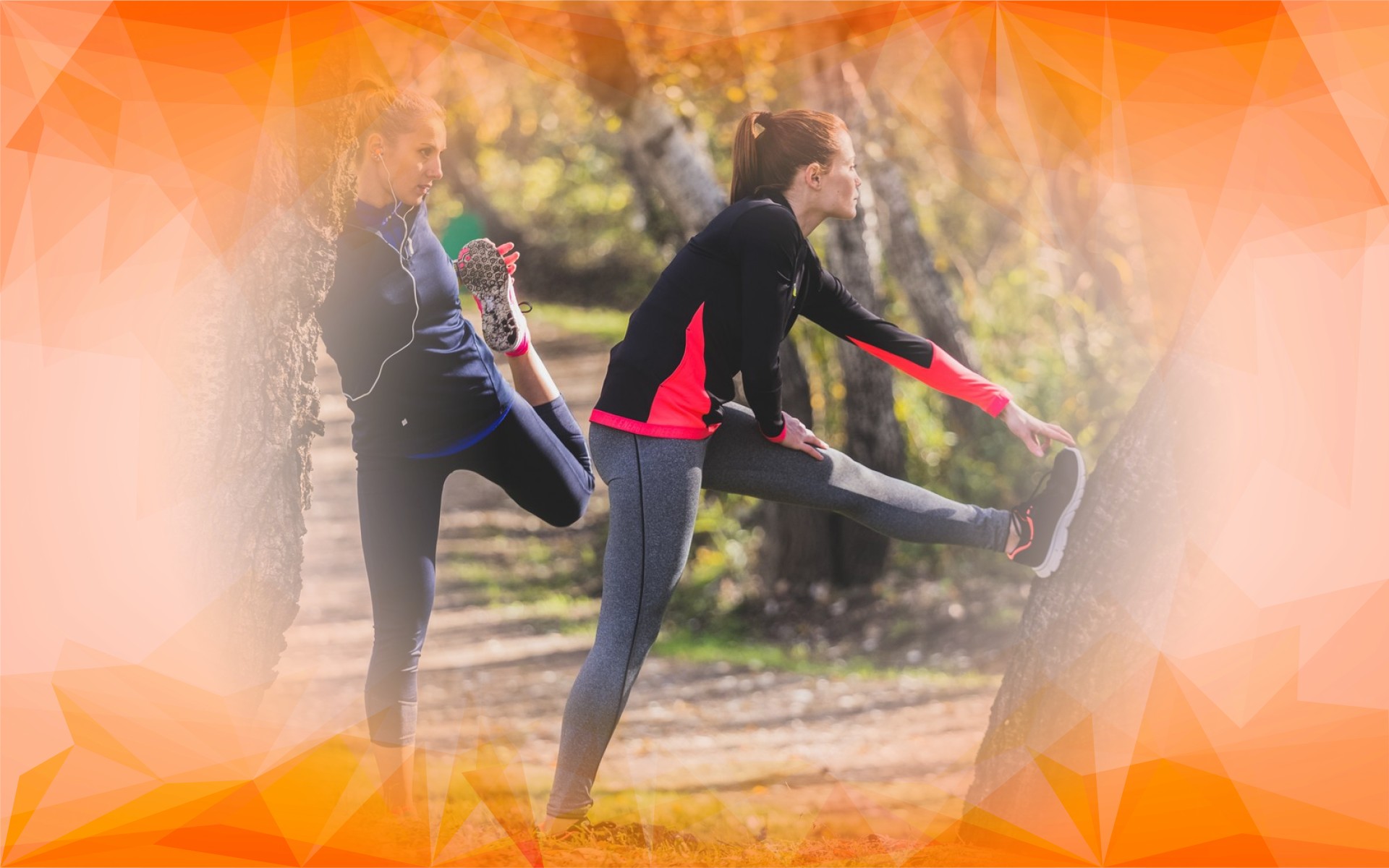What Is Knee Osteoarthritis and Why Does It Matter?
Knee osteoarthritis is a leading cause of pain and mobility problems, especially among older adults. This condition occurs when the cartilage —the smooth tissue that cushions the ends of your bones—gradually wears away. Without this natural padding, bones begin to rub together, resulting in pain, stiffness, and trouble with everyday activities like walking , climbing stairs, or even standing for long periods.
One non-surgical way to manage knee osteoarthritis is by using a knee brace . Braces support your knee joint , reduce pain, and help you stay active. Yet, traditional braces have their drawbacks—they can be bulky, uncomfortable, or may not provide enough support. As a result, many people stop using them. That’s why a new technology—the pneumatic knee brace —is turning heads for all the right reasons.
The Limits of Traditional Knee Braces
To appreciate the promise of pneumatic knee braces , let’s first understand what happens in an osteoarthritic knee. When cartilage is lost, the knee often begins to shift inward, placing extra pressure on the inside (medial) part of the joint. This imbalance accelerates joint damage and leads to more pain.
Traditional braces, like hinged or unloader types, are designed to address this misalignment. However, many are made with rigid frames or hard materials, making them uncomfortable for long-term use. In practice, they can feel heavy or restrictive and often don’t adjust to your movements. Research has found that these kinds of braces may not provide consistent symptom relief, and many users struggle to wear them consistently because of discomfort (Moller et al., 2021).
How Pneumatic Knee Braces Work: A Softer, Smarter Solution
Pneumatic knee braces offer a gentler and more adaptive approach. Instead of stiff materials, they’re made from soft, flexible fabrics that fit closely and comfortably around the knee—so you’re more likely to keep wearing them throughout the day.
The real game-changer is the pneumatic system. Think of it as built-in air cushions that can be adjusted for personalized support. These air chambers are strategically placed to redistribute pressure away from the problem area, especially the overloaded medial (inner) knee compartment. As you move, the brace responds with you, providing dynamic support that helps maintain better alignment and reduce pain .
Studies using advanced modeling techniques have shown that pneumatic knee braces can ease joint pressure more effectively than traditional braces. With moderate pressure adjustments, they can address the forces that cause discomfort and help prevent further joint damage . Their flexible, tailored fit allows for smoother movement , making daily activities like walking or standing much more comfortable.
What Real Users Are Experiencing
People who have tried pneumatic knee braces often report noticeable improvements—less pain, better balance, and greater freedom in daily life. Because these braces feel lighter and less restrictive, users tend to wear them more consistently, which is crucial for getting the best results.
In fact, many patients find these braces help them stay active and independent. By making it easier to move with less pain , pneumatic knee braces do more than just support your knee—they can improve your whole quality of life.
Looking Forward: The Future of Knee Support
Pneumatic knee braces represent an exciting leap in osteoarthritis care. They combine effective pain relief and joint support with comfort, adaptability, and everyday wearability—tackling many problems that come with traditional braces.
Ongoing research and technological advancement are making these innovative braces even better and more accessible. For anyone living with knee osteoarthritis , or for healthcare providers looking for effective, non-surgical options, pneumatic knee braces are a promising solution that can help people move with greater comfort and confidence.
References
Moller, F., Ortiz-Muñoz, L. E., & Irarrázaval, S. (2021). Offloader knee braces for knee osteoarthritis. Medwave, 21(03), e8114-e8114. https://doi.org/10.5867/medwave.2021.01.8114
Stamenović, D., Kojić, M., Stojanović, B., & Hunter, D. J. (2009). Pneumatic osteoarthritis knee brace. Journal of Biomechanical Engineering, 131(4). https://doi.org/10.1115/1.3072890




